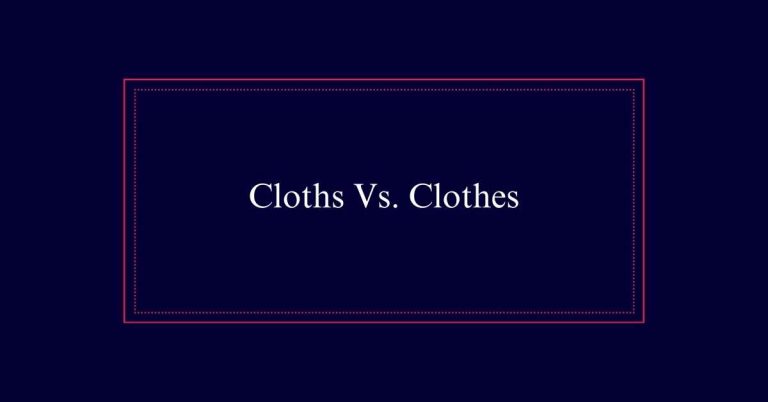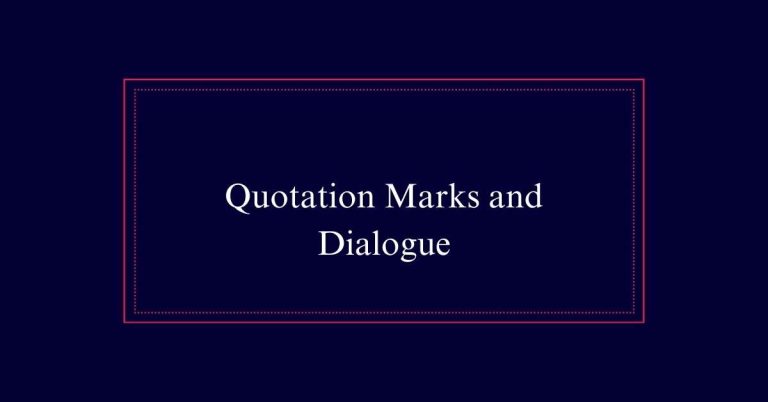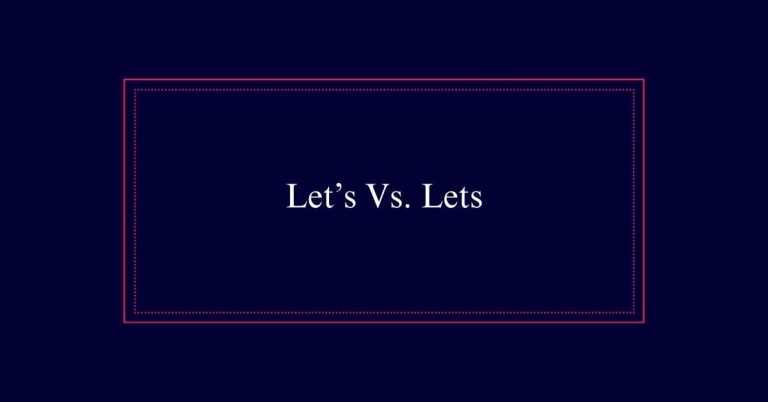What Does Bff Mean?
BFF stands for ‘best friends forever.’ It signifies a deep, lifelong friendship and is a term of endearment used to describe close friends. Originating in the mid-1990s, BFF captured the essence of lasting companionship and was quickly embraced by teenagers and young adults. Its popularity surged with the rise of digital communication.
Definition of Bff
The term BFF stands for ‘best friend(s) forever’ and signifies a deep, enduring friendship. It is a term of endearment for close friends who share a special bond.
The phrase has been in use since at least 1996, though the concept of having a best friend has existed far longer. BFF is commonly used by younger people in informal communication. It can be written in either uppercase or lowercase letters. The term is rarely used in formal communication. When used in a more formal context, consistency in capitalization is advised.
Origin of Bff
Bff originated in the mid-1990s, capturing the zeitgeist of youthful, enduring friendships. This abbreviation quickly became a popular shorthand in written and spoken communication.
The term ‘best friends forever’ was particularly embraced by teenagers and young adults. It was a way to express deep, lasting bonds in a concise manner. The rise of digital communication platforms, like instant messaging and early social media, facilitated its spread. Bff provided a convenient, catchy way to label close relationships. It embodied the cultural emphasis on personal connections and loyalty.
Popularity Over Time
Gaining traction in the late 1990s, the term ‘Bff’ surged in popularity, especially among teenagers and young adults. Its usage skyrocketed with the advent of instant messaging and social media platforms. Over time, ‘Bff’ became a staple in the digital lexicon.
Here is a timeline illustrating its growth:
| Time Period | Popularity Level |
|---|---|
| 1990s | Low |
| 2000s | Moderate |
| 2010s | High |
How to Use Bff
Younger generations primarily use ‘Bff’ in casual, informal communications. It signifies a close, enduring friendship. The term can be written in uppercase (BFF) or lowercase (bff), depending on personal or stylistic preference.
Consistency in capitalization is key if used in a formal context, though this is rare. ‘Bff’ is typically found in text messages, social media posts, and casual conversations among friends. For example, one might say, ‘Janelle and I became bffs after a vacation,’ or ‘Dude, we’re like bffs!’ It conveys a sense of camaraderie and closeness.
Informal Communication
Informal communication often involves casual language and relaxed social norms. This type of communication is common in everyday interactions among friends and family. It uses simple words, abbreviations, and slang terms like ‘bff’ (best friends forever). Informal communication allows people to express themselves more freely and comfortably.
Text messages, social media posts, and casual conversations are typical platforms for informal communication. Unlike formal communication, which adheres to strict rules and etiquette, informal communication is more flexible. It prioritizes ease and speed over formality. This approach helps build close relationships and fosters a sense of community.

Capitalization Rules
Understanding capitalization rules is essential for maintaining consistency and clarity in both formal and informal writing. When using the term ‘Bff,’ it can be written in various ways, such as ‘BFF,’ ‘Bff,’ or ‘bff.’ However, consistency is important.
Here are key capitalization rules to remember:
- Proper Nouns: Always capitalize proper nouns.
- Sentence Beginnings: The first word of a sentence should be capitalized.
- Titles and Headings: Capitalize the main words in titles and headings.
- Acronyms and Initialisms: Typically, capitalize all letters in acronyms and initialisms like ‘BFF.’
Formal Usage Tips
While informal communication often embraces varied capitalization styles, maintaining consistency is important in formal contexts. When using “Bff” in formal writing, select one capitalization style and adhere to it throughout your document. It’s essential to match the tone and style of the rest of your writing.
Here’s a guide for formal usage:
| Context | Recommended Usage |
|---|---|
| Business Emails | Avoid using ‘Bff’ |
| Professional Reports | Avoid using ‘Bff’ |
| Academic Papers | Avoid using ‘Bff’ |
| Formal Presentations | Avoid using ‘Bff’ |
Real-Life Examples
How do people use ‘Bff’ in everyday conversations?
The term Bff, meaning ‘best friend(s) forever,’ is commonly used to express deep friendship.
Below are some real-life examples of how ‘Bff’ might appear in daily interactions:
Social Media Posts:
‘Had an amazing day with my Bff!’
Text Messages:
‘Miss you, Bff! When are we hanging out?
Casual Conversations:
‘She’s my Bff. We’ve known each other since kindergarten.’
Photo Captions:
‘Bff moments at the beach!’
These examples illustrate how ‘Bff’ is woven into various forms of informal communication, highlighting the enduring bond between friends.
Related Terms
In addition to ‘Bff’, there are several other terms that convey close friendships in everyday language.
‘Bestie’ is a popular term, often used interchangeably with ‘Bff’. It suggests a close bond and is common among younger people.
‘Pal’ and ‘Buddy’ are traditional terms that imply friendship but may not indicate the same level of intimacy as ‘Bff’.
Sister from another mister’ and ‘Brother from another mother’ are playful expressions that describe very close friendships, akin to familial relationships.
‘Confidant’ and ‘Ally’ are more formal terms, often used in professional contexts to describe a trusted friend or partner.
Frequently Asked Questions
Can Bff Refer to More Than One Person?
Yes, “Bff” can refer to more than one person. It stands for “best friends forever,” indicating a close bond with multiple friends. However, it is most commonly used to describe a singular, very close friend.
Can Bff Be Used in Professional Settings?
Using “Bff” in professional settings is generally not recommended due to its informal nature. It is better suited for casual conversations. In formal communication, opt for more professional terminology to maintain appropriate decorum.






